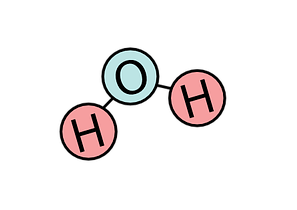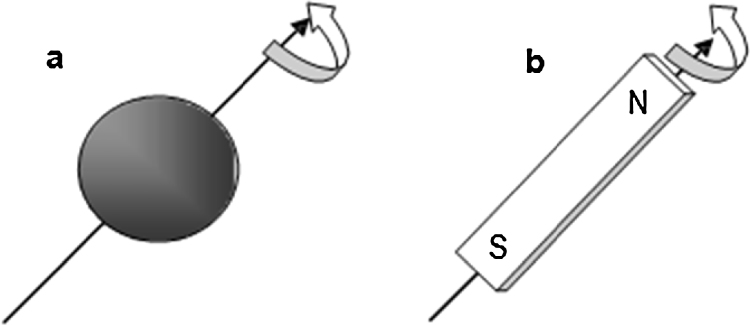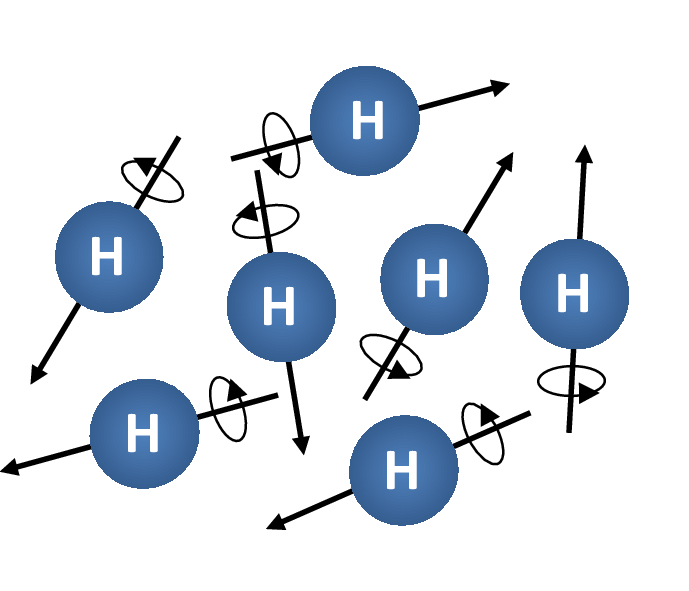What is an Atom?
An atom is a very small particle that uniquely identifies a particular material, or matter. So a Hydrogen atom would be the smallest unit that scientist’s could still identify as hydrogen. The nucleus is the central part of the atom. Within the nucleus are protons and neutrons. Protons have a positive charge, while neutrons are neutral and do not have a charge. Surrounding the nucleus are electrons. There may be one or more electrons that surround the nucleus. Electrons negative electric charge hold them in a binding shell and that orbits around the nucleus. This is referred to as electromagnetic force or Lorentz force. These are fancy terms that simply mean opposite charges attract each other while like charges repel each other. The number of protons, neutron, and electrons give each atom it’s unique characteristics.
Is Hydrogen a good choice for?

Hydrogen is a small atom with a positive charge that is one of the main components of water, H20. Hydrogen is a MR active atom that has Angular Momentum. What this means is that hydrogen atoms spin on their axis and are easily affected by a strong magnetic field, like an MRI scanner. In MRI the hydrogen protons are often referred to as Spins.

The hydrogen atoms, or spins, actually behave like tiny bar magnets in the presence of a strong magnetic field. The human body is comprised of about 60% to 70% water. An average 150 pound man would have 4.22 X 1027 Hydrogen atoms within their body at any given time.
There is just an abundance of Hydrogen throughout our bodies making it readily available for us to use to acquire MRI images. There in no pattern or arrangement of the hydrogen within our bodies. In fact the hydrogen with our bodies are completely Radom. Hydrogen placed within a magnetic field will follow the the laws of electromagnetism and begin to become organized and align with the magnetic field. Well, the spins will actually align in one of two ways, or directions, Parallel, with the magnetic filed, or antiparallel against the magnetic filed.
Net Magnetization

Slightly more spins align with the magnetic field than align against then magnetic field. The difference between the spins that align with the magnetic field and against the magnetic field that gives us what is called the net magnetization. Even though the net magnetization is small in comparison to the total number of protons with our body it is still large enough for us to use it for MR imaging. The net magnetization is what allows MR imaging to be possible.